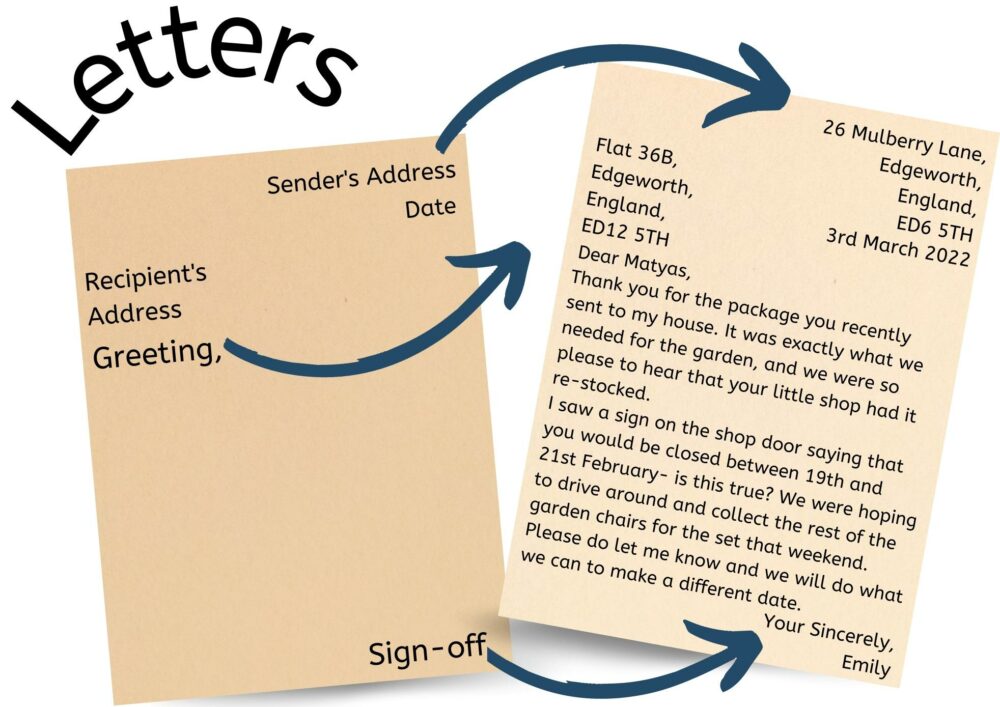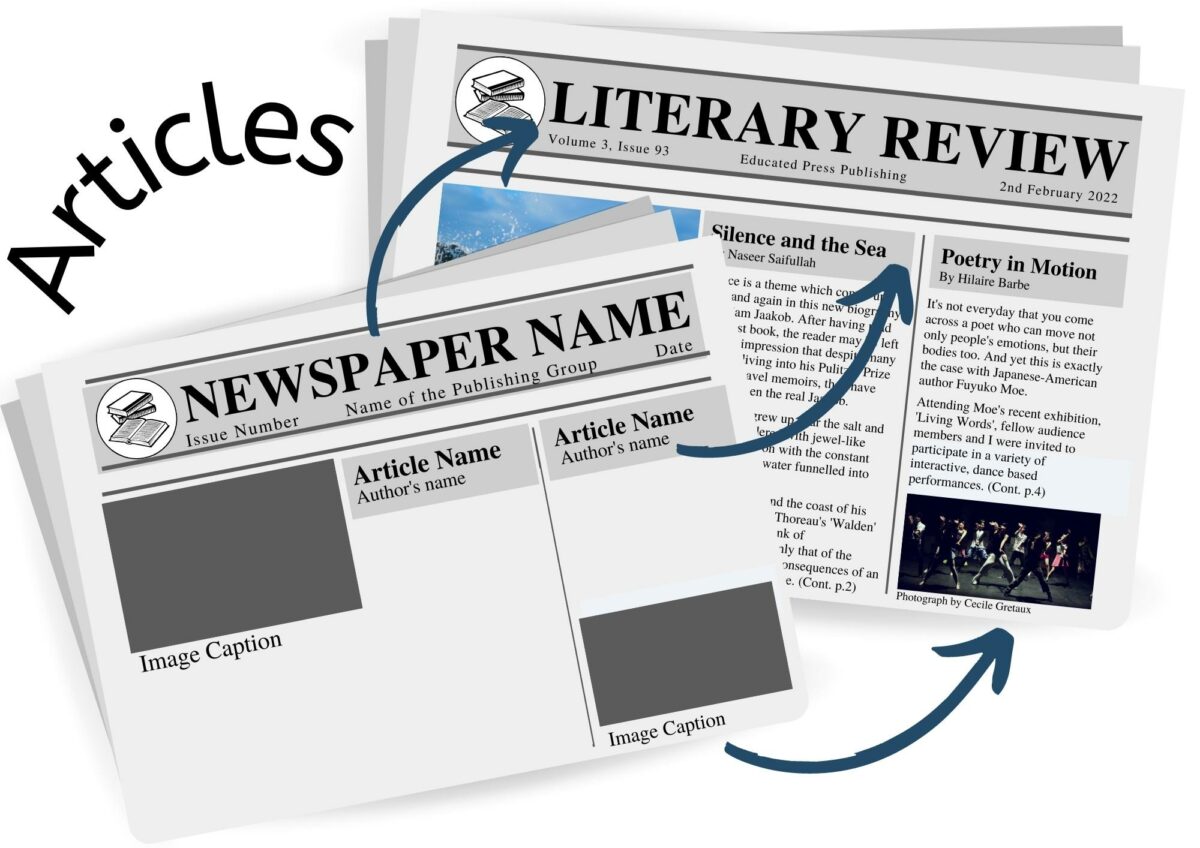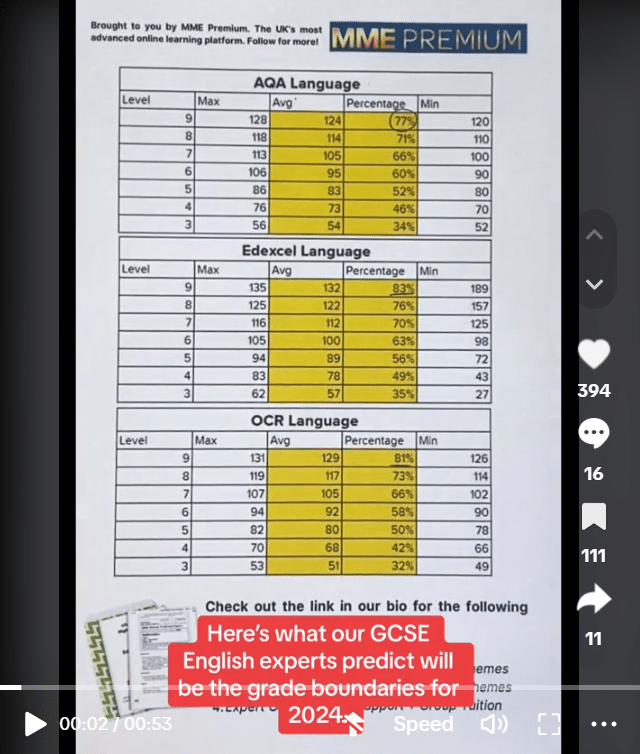Writing: Non-Fiction Text Types
Writing: Non-Fiction Text Types Revision
Writing: Non-Fiction Text Types
You have probably received a letter before, or read a review or an article.
In your exam you can be tested on any of these, and many more and so it is important to be familiar with the key features and style of the most common types of non-fiction texts, to make sure that you are prepared as possible.
What Will I be Asked to Write?
Different exam boards will typically require that you demonstrate the ability to create different types of texts.
However, by far the most common text types you will be asked to write are letters, and articles.
Because you know that these are the text types you are very likely to be tested on, this helps massively, and will give you a head start on your revision!
In this section you will learn what should be included in these texts, from structural to language choices, so let’s dive in…
Letters
A letter is typically used for more formal or official communication, and tends to be written in a more formal than informal style.
You could be asked to write a letter arguing for or against a particular opinion or statement, so be prepared with the knowledge of how to choose your tone and style!
It also has a particular structure which you need to follow and use, so make sure that you include the following four features if you are asked to write a letter in your GCSE English Language Exam:
- A sender’s address
- A recipient’s address
- A greeting
- A sign off

Not only is it important to include these elements, but being careful with their placement when writing your own version in the exam is also essential.
In a letter the sender’s address should be at the top right of the page, and recipient’s addresses should be at the top left of the page.
The sign off, or ending, of your letter is also important, and depends on whether or not you know the person you are writing to:
If you know the recipient – Yours sincerely
If you do not know the recipient – Yours faithfully
Articles
An article also tends to be used more for texts which require some formality, and tend to be written in a more formal than informal style.
However, this is not always the case.
Some articles, such as those found in magazines, are often more informal, and have a colloquial, casual tone.
This can means that they also include lots of language features, and can often be quite emotive.
It also has a particular structure which you need to follow and use, so make sure that you include the following three features if you are asked to write an article in your GCSE English Language Exam:
- The author’s name
- A heading
- A subheading (if necessary)

Not only is it important to include these elements, but their placement is also essential.
In an article, the heading, subheading and author’s name should all be at the top of the columns of text.
Captions should be placed below the images included, but you will not be expected to include images in your exam.



